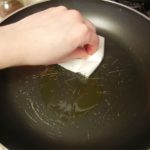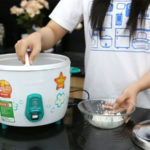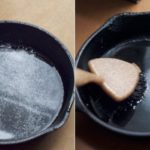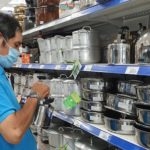and are tools for family cooking, but not everyone knows how to choose that are safe for . In the following article, we will introduce you to types of pots and pans that are safe for the health of your whole family.
1 Glass pot
Glass pots and pans are highly rated by housewives for their combination of aesthetic appeal and health safety. Glass has a very high heat resistance, from -40°C to 400°C, and has an amazing durability against impact.
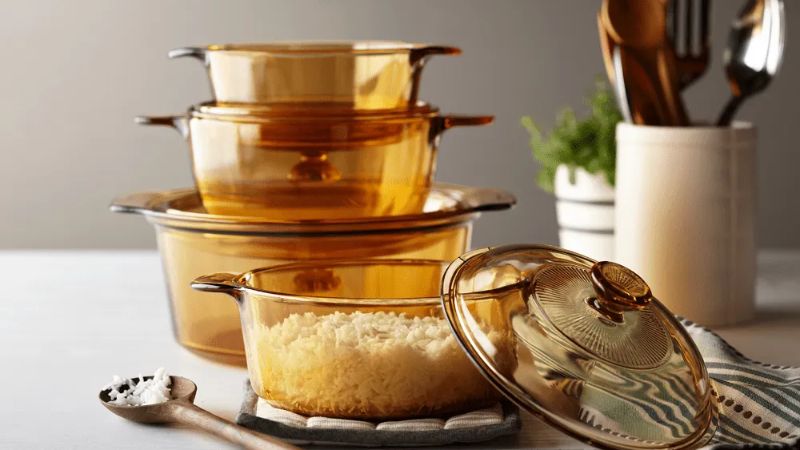 Glass pot
Glass pot
Furthermore, they have good heat conduction properties, not inferior to metal types, helping to save cooking time. Moreover, cleaning glass pots and pans is very easy, especially the bottom part that is not easily burnt like regular aluminum pots.
2 Clay pot
Clay pots are made from clay material, highlighting their ability to maintain stable temperatures and enhance special flavors for dishes. This type of pot is often preferred when cooking dishes such as chicken, fish, or braised frog.
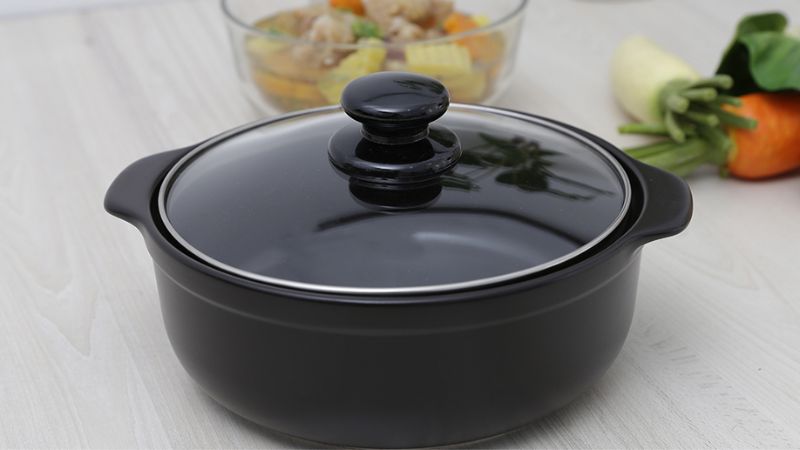 Clay pot
Clay pot
Furthermore, clay pots are also considered a safe choice for the health of users, as they do not release any harmful substances during cooking and do not cause rusting after use. In addition, some clay pot models are now coated with a non-stick coating, making it very easy to clean the pot after cooking.
3 Stainless steel pot
There are many types of stainless steel pots on the market with different characteristics of durability, brightness, and heat conduction. Below, we will learn about three popular types:
Type 304 stainless steel pot (18% Chrome, 10% Nickel)
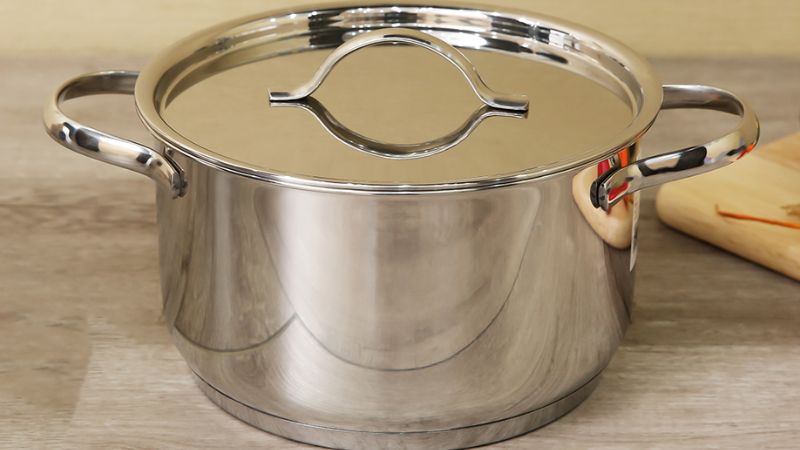 Type 304 stainless steel pot
Type 304 stainless steel pot
Type 304 stainless steel pot does not contain impurities and is safe for health, without causing chemical reactions with food during cooking. This type of pot has a shiny surface but is not suitable for use on induction cookers, and is quite expensive.
Type 210 stainless steel pot (18% Chrome, 3% Nickel)
Type 210 stainless steel pot
Type 210 stainless steel pot contains a small amount of impurities, is more prone to oxidation than 304, but is still safe for food. This product is not suitable for induction cookers, and the surface is less shiny than 304, but it has a lower price.
Type 430 stainless steel pot (18% Chrome, 0.75% Nickel)
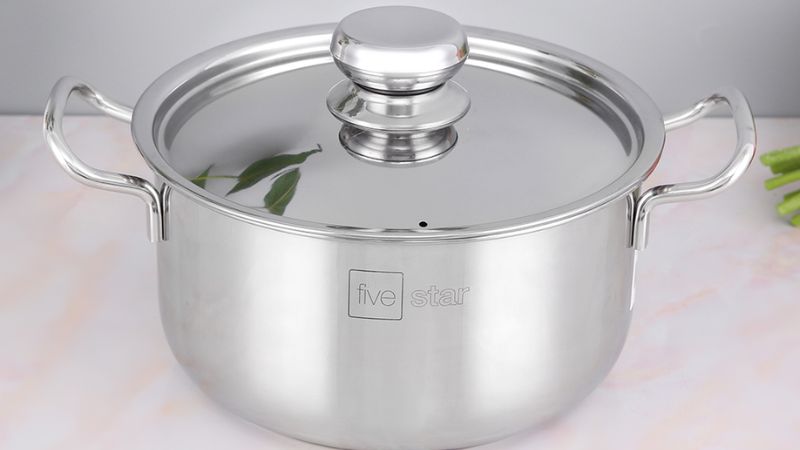 Type 430 stainless steel pot
Type 430 stainless steel pot
Type 430 stainless steel pot has similar properties to type 210 but can be used with induction cookers, and has a reasonable price.
4 Aluminum pot with oxidation
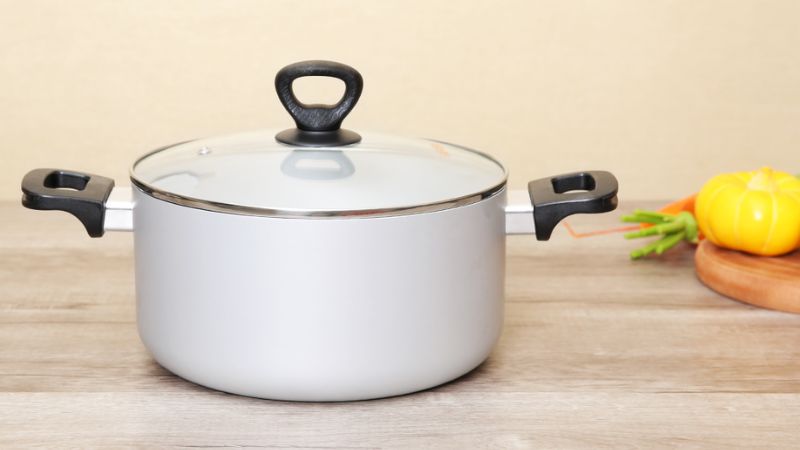 Aluminum pot with oxidation
Aluminum pot with oxidation
Aluminum pots that have been oxidized are pots that are treated by using static electricity reactions. This process helps control and prevent harmful impurities in aluminum, and is called Anodized technology. The result is a product that has higher durability and improved aesthetics compared to regular aluminum pots. Additionally, some aluminum pots are now coated with a non-stick coating, reducing the problem of food sticking to the bottom of the pot while cooking.
5 Alloy pans with non-stick coating
 Alloy pans with non-stick coating
Alloy pans with non-stick coating
Alloy pans with a non-stick coating are a popular choice, loved by many housewives. There are various types of non-stick coatings depending on the manufacturer’s technology, for example, Whitford, Titan, Ceramic, or granite stone. This coating not only prevents food from sticking to the pan but also makes cleaning the pan quick and easy after use.
6 Aluminum alloy pots
, depending on the manufacturer, is a combination of aluminum as the main component and a range of other metals such as silicon, tin, copper, titanium, etc. Thanks to this combination, aluminum alloy pots have high hardness, a high melting temperature, and are less prone to oxidation compared to regular aluminum pots.
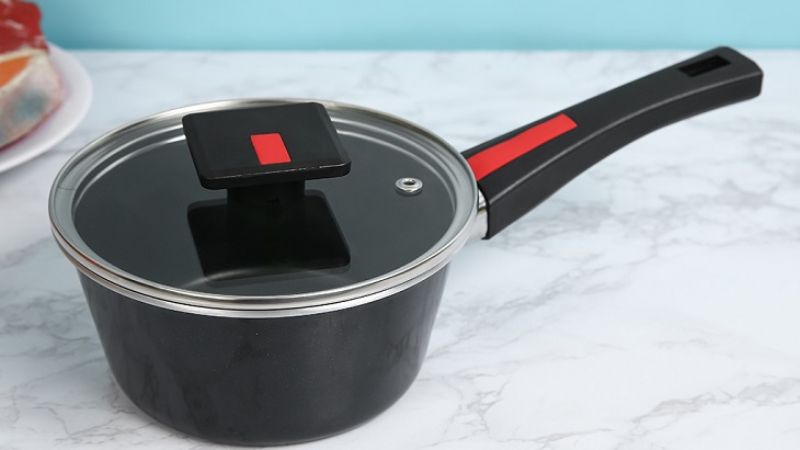 Aluminum alloy pots
Aluminum alloy pots
What is special is that aluminum alloy pots still retain some advantages of aluminum, including lightweight, good heat conduction, and affordable prices, so this product is loved and chosen by many families.
7 Nippon steel pots
Nippon steel pots are products of Nippon Steel, a prestigious steel manufacturer from Japan. They have established a branch in Vietnam, operating under the name “Nippon Steel & Sumikin Pipes Vietnam Company Limited”. Their steel products comply with the Japanese industrial standard JIS (Japan Industrial Standard), famous for their good quality.
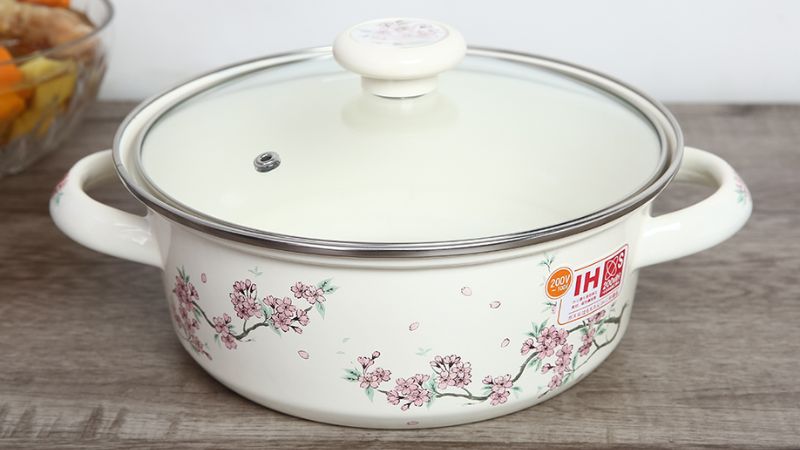 Nippon steel pots
Nippon steel pots
Nippon steel pots go through a pressure casting process, which enhances heat conduction and the durability of the product. They have good heat conduction and retention properties, while maintaining a stable shape at high temperatures. Importantly, the pots do not cause chemical reactions with food when used and do not contain any health-threatening substances such as PFOA, PTFE, ensuring safety for users.
8 Cast iron pots
Cast iron pots and pans are usually formed through the process of casting in a solid piece, and there are currently two popular types: traditional cast iron pots and enameled cast iron pots. They are made from an alloy of iron and carbon, with a high density of metal molecules, helping to maintain stable temperatures and even heat conduction. Using cast iron pots is often suitable for cooking dishes such as steak, grilled fish, stir-fried vegetables, etc. as they preserve the distinctive aroma and flavor of the food.
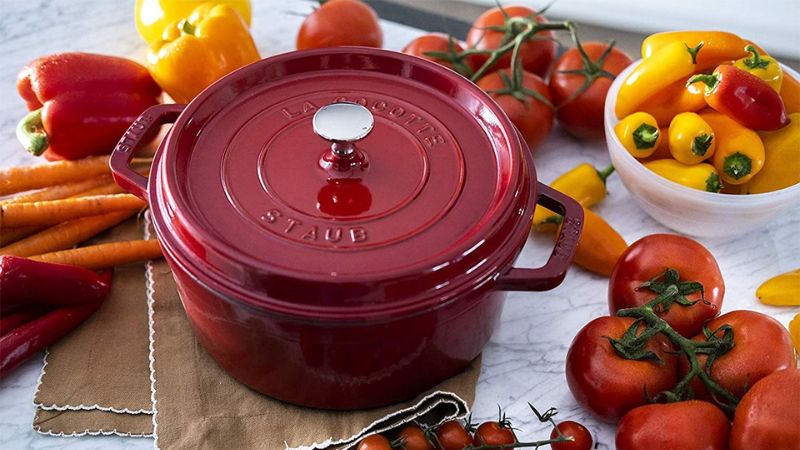 Cast iron pots
Cast iron pots
This is also accompanied by durability and aesthetics, and cast iron pots also have a long lifespan. Furthermore, cast iron pots can release iron into the food during cooking, which is useful for those who need to supplement iron in their diet, such as people with anemia or those needing to enhance their health.
These are our shares about types of pots and pans that are safe for the health of the whole family. Thank you for following and we hope this article is useful to you.
Tips for Cleaning and Caring for a Cast Iron Skillet
Despite its notable benefits, using a cast iron pan comes with certain caveats: its need for careful cleaning and maintenance with soap can be a challenge for many. Nevertheless, the superb heat retention, even heat distribution, and non-stick properties of a black cast iron pan have made it a favorite among many.

























